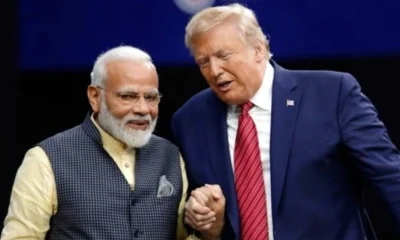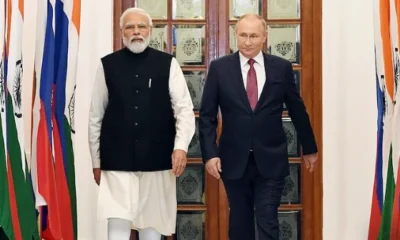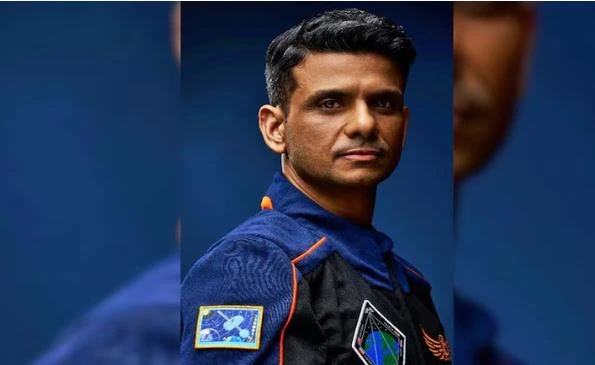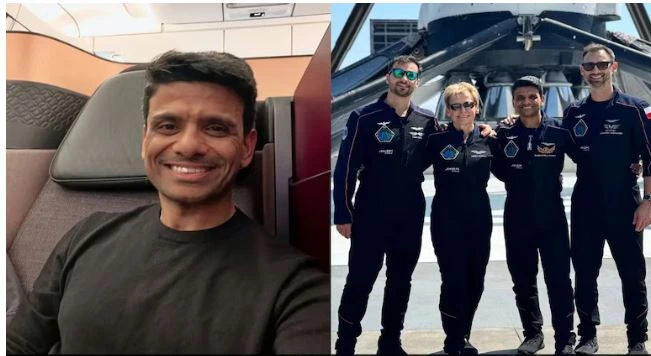~By Rashme Sehgal and Shubh Arora
Despite loud proclamations by the government to promote electric cars, India is lagging in the sales of electric vehicles (EV).
Last year, only 1500 Electric passenger vehicles were sold against the sale of 32 lakh petrol, diesel and CNG cars.
The government had prepared a scheme under which it was determined that six million electric and hybrid cars would be sold in the Indian market by 2020 under the National Electric Mobility Mission Plan. The push for hybrid cars was primarily because they used two or more engines which included an electric motor and a conventional petrol or diesel engine. The objective being that a twin-powered engine would help bring down fuel consumption thereby conserving energy.
To give EVs a boost under the GST, the government levied tax of 12 per cent on EVs as compared with a 28 per cent tax on petrol and diesel vehicles.
But this road to streamline the entry of EVs got a lot bumpier when transport minister Nitin Gadkari said earlier this year that India did not need a dedicated EV policy. Instead, he said the government may settle for what he described as a series of ‘actions plans’.
This, after the government missed the deadline to have an EV policy in place by the end of 2017. The framework was expected to address a number of issues involving infrastructure-creation and component-manufacturing for electric cars in India.
The govt is also seeking to withdraw the cash incentives for private electric cars. The government is presently offering a discount of Rs 1.3 lakh on every electric car as part of its clean energy program which had been given the acronym of Faster Adoption of Manufacture of Hybrid & Electric Vehicles (FAME 1).This is expected to be removed under the FAME 2 policy. The FAME 1 scheme had a budget of under Rs 100 crore. The government has proposed to raise it to Rs 9000 crore under the Fame 2.
But this FAME 2, according to the draft policy drawn up by heavy industries ministry, will focus on public transport and also support Cab Aggregators like Ola & Uber to the list of subsidiary beneficiaries. The government’s thinking is that this will prompt these companies to go for electric cars.
A senior govt official on condition of anonymity stressed that the maximum utility for the maximum number of people is through public transport and this will be the policy thrust for the future.
The stance is markedly different to the earlier new automobile vision that the govt had projected just a few months back. Months after announcing the “EV only” plan, the government did an about turn, informing Parliament in January this year that there was no such plan at all.
Then in March, Minister of Power RK Singh said the government would come up with a policy that would have both a regulatory framework and technical standards on EVs. Singh admitted that air pollution was on the rise across India but gave no clear road map as to what his ministry proposed to do.
The signal for this significant cut down was given by none other than Prime Minister Narendra Modi. While in 2016, Modi had spoken about the importance of the entire country switching over 100per cent to EVs by 2030, Modi has in his most recent statement brought down the figure with EVs now expected to comprise 30 per cent of the automobile population of the nation by 2030.
In tune with the downsizing announced by the Prime Minister, Singh immediately announced this March, “We must ensure that by 2030, 30 percent of our vehicles run on electricity to leave behind a better world for our grandchildren.”
Automobile experts see this dilution as being a major come down. Said one expert, “What we need is a clear cut policy direction which is not there from the government’s side.”
Automobile expert Murad Ali Baig pointed out that achieving this 30 per cent goal was going to prove difficult for the government. “The earlier message from the government was that the future lay in EVs. Now they are saying this is one of the options. Why would the Indian consumer opt for a technology which is not proven especially when there is no clarity about where the charging stations are going to be located and also, just how much the cost of these EV batteries is going to be,” said Baig.
The government’s dillydallying on a concrete EV plan has created a host of issues for the industry. Many companies are in a wait-and-watch mode due to this inconsistency. Weaning Indian automobile customers to significantly more expensive EVs will be an uphill task unless the government subsidises the companies to help bring down prices.
Getting infrastructure built in the world’s biggest democracy where a not-in-my-backyard culture proliferates is a barrier for a lot of businesses in India. And it is proving to be the same for starting EV charging stations in India. Unlike in the west, most car owners in India do not have garages, or formal parking where chargers for cars could be installed.
The Chinese government unlike the Indian government has pushed EV sales by outlining incentives to push Electric vehicles sales.
China government’s generous electric vehicle incentives enabled the world’s biggest auto market to quickly also become the world’s largest EV market. The Chinese central government incentives for electric cars that have a range of 200 kilometres and beyond on a single charge has been raised to US$ 7,900 on February 2018. China presently has 487 EV manufacturers with the government offering a slew of subsidies.
The Chinese provincial and state governments are also offering additional incentives to EV manufacturers.
India’s automobile industry body SIAM has proposed all new vehicle sales in India to be pure electric by 2047 while the same for intra-city public transport fleet can be achieved by 2030.
But to achieve even this target SIAM president Abhay Firodia has pointed out, “The proposed policy measures in the White Paper will be needed for creating a robust market and manufacturing ecosystem for electric vehicles in India and such a policy must be sustained over time to remain stable to enable the industry commit to investments with full confidence.”
Firodia has also emphasised that policy should be necessarily adaptive in view of the nature of the fast-evolving technology.
“At the same time, there must not be sudden changes so as to allow outcomes in a planned manner and to ensure that the necessary transformation takes place with the minimum of disruption which may have socio-economic impact in terms of industrial growth, employment and livelihood of people in the auto industry,” Firodia said.
The government has taken a few tentative steps towards introducing EVs. For one, Energy Efficiency Services Ltd has procured 10,000 e-vehicles last year and is expected to purchase another 10,000 e-vehicles this year.
Just by using 20,000 EVs, India is expected to save over five crore litres of fuel every year leading to a reduction of over 5.6 lakh tonnes of annual carbon dioxide, claims the Ministry of Power. They are willing to give another concession whereby service providers will not require a license to sell electricity.
If the introduction of 20,000 EVs can make such a difference, why is this not being pushed in much larger numbers is the moot question. Rising pollution levels across Indian cities and the government’s burgeoning fuel bill should have made the government step up its commitment to introduce EVs at the pace they had stipulated at 2017. Even western nations know the future lies in increasing use of EVs. But here we have flip flops from the government which are proving a dampener for the industry.

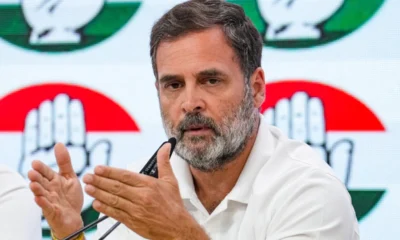
 India News18 hours ago
India News18 hours ago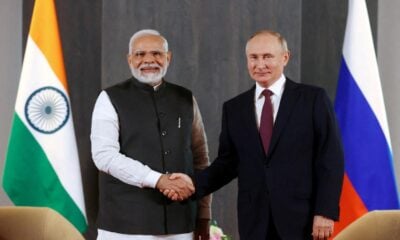
 India News21 hours ago
India News21 hours ago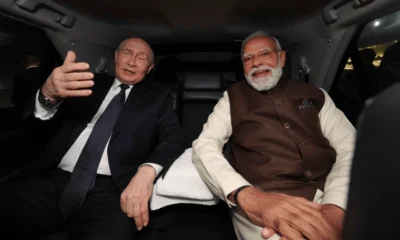
 India News13 hours ago
India News13 hours ago
 India News21 hours ago
India News21 hours ago
 India News12 hours ago
India News12 hours ago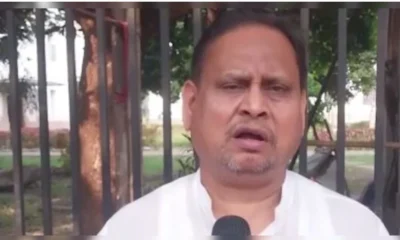
 India News18 hours ago
India News18 hours ago
 Cricket news13 hours ago
Cricket news13 hours ago


